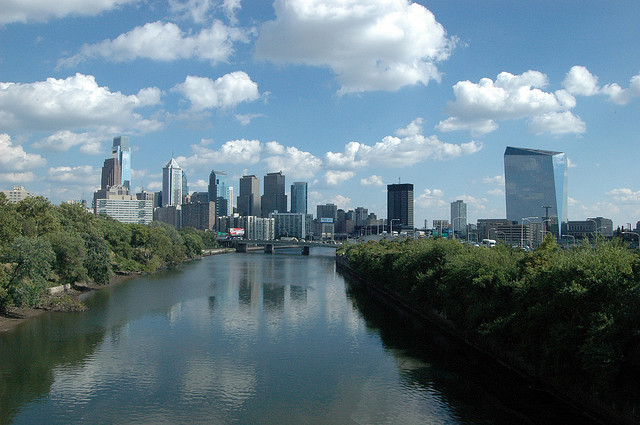Trustees approve sewer rate increase for 2012-2016
Posted by Jared Shepherd
- 3955 Views
- June 2nd, 2011
- in Miscellaneous
- No Comments
Today, Trustees of the Northeast Ohio Regional Sewer District voted to accept the recommendation to increase sewer rates effective January 1, 2012 through December 31, 2016. The dissenting votes were Parma Mayor Dean DePiero and Middleburg Heights Mayor Gary Starr.
Sewer District bills are based on water consumption of 1 MCF (1,000 cubic feet = 7,480 gallons). Currently, an average Sewer District household uses 1.875 MCFs per quarter; Cleveland residents pay, on average, $83.91 per quarter and suburban residents pay, on average, $90 per quarter. Beginning 2012 through 2016, customers will pay approximately $14 more per quarter. For example, in 2012, Cleveland customers will pay about $99 per quarter and in 2012, suburban customers will pay about $104 per quarter.
The full 2012 through 2016 rate schedule is available at neorsd.org/rates
In April and May 2011, information about the then pending rate increase was presented to customers in a series of six public meetings.
“Our goal is to be fully transparent,” stated Executive Director Julius Ciaccia. “That is why we felt it was important to hold six public meetings, so that my staff could not only deliver information about the potential rate increase, but listen to our customers’ feedback.”
The information highlighted at the public meetings, as well as five special Board sessions, included the major reasons why a rate increase is necessary:
- To repair, maintain, and upgrade the sewer system and facilities, including some sewer pipes that are over 100 years old.
- To pay for the rising costs of chemicals, energy and fuel used by the treatment plants, as well as the maintenance and improvements of treatment plant facilities.
- To pay for the federally mandated program requiring reductions in the amount of raw sewage discharging into the environment. This program is dubbed Project Clean Lake and will cost $3 billion. Since 1972, the Sewer District has reduced the amount of raw sewage discharging into the environment by half—from 9 billion gallons in early 1970s to 4.5 billion gallons today. This plan will further reduce discharges by an additional 4 billion gallons.
Of the proposed yearly 13 percent rate increase, Project Clean Lake accounts for 4 percent. Since 2004, the Sewer District has negotiated with state and federal environmental regulators to obtain approval of its long-term plans to reduce raw sewage discharges, the last of which was submitted to the state in 2002. In July 2010, all parties agreed on a mutually acceptable proposal. The proposal includes the construction of seven large-scale tunnels and, in an unprecedented move, the use of green infrastructure. Furthermore, the Sewer District was only the second community in the country to negotiate a 25-year plan. Other communities were given much more stringent timeframes.
“Since the early 1990s, the Sewer District has invested approximately $45 million in detailed engineering studies, including the evaluation of many alternatives, which were the basis for the negotiated Project Clean Lake plan,” said Director of Engineering and Construction Kellie Rotunno. “This program has been thoroughly vetted and I am completely confident in the final plan we negotiated with the federal government.”
Other components of the rate increase include:
- Eliminating the minimum charge (1 MCF) and replacing it with a base charge of $5.85, which means those who use less than 1 MCF per quarter initially will see a decrease in their sewer bills
- Increasing the Homestead Program rate reduction from 33% to 40%, which will assist low income seniors and customers will disabilities
- Offering of the Wastewater Affordability Program to those with income level at/below 175% poverty level (e.g. Family of four < $35,000)
- Adding the Crisis Voucher Program (e.g. Medical expenses, job loss)

